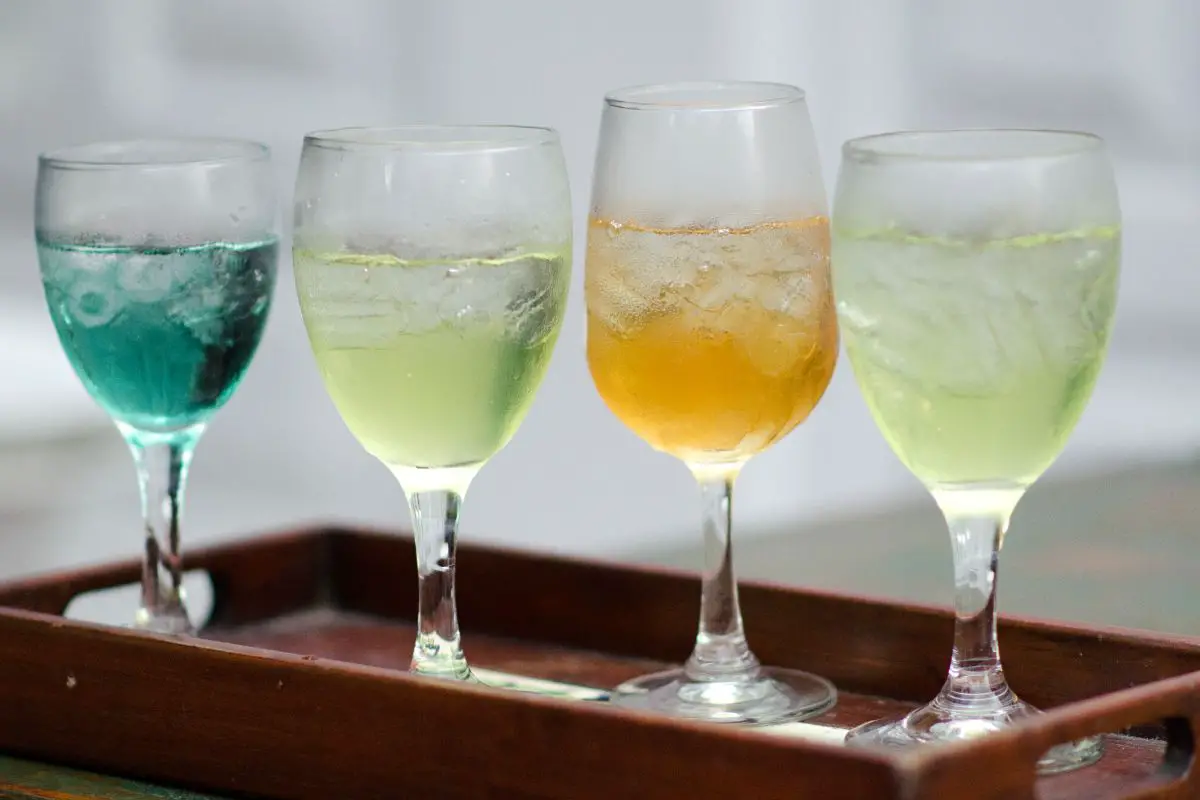Are you trying to jazz up your plain drinking water? Food coloring seems like a good option, or is it? Here is what you should know about drinking water with food coloring.
Is It Safe To Add Food Coloring To Water?
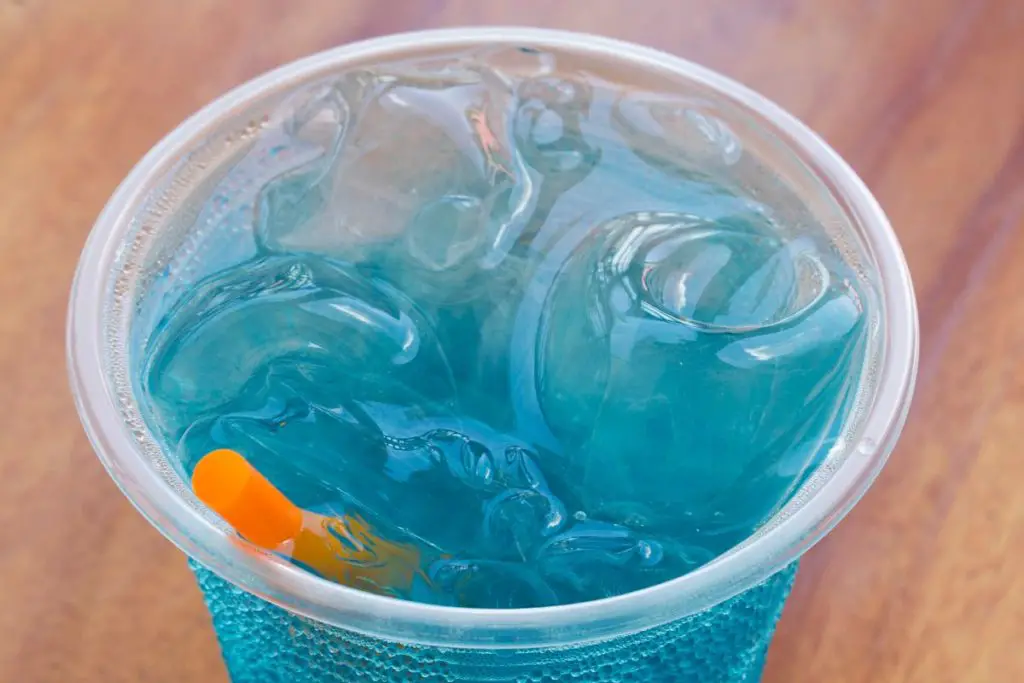
Water is a cheap and healthy option for quenching your thirst, and it is best to drink when pure and plain. But incorporating food coloring into water or any other drink is not harmful if done sparingly—at least not if the food dye is safe and natural.
Food dyes are some of the most controversial topics when discussing food safety and health. Food and drink manufacturers seem to prefer artificial dyes as they tend to add more vibrant colors. Still, there are divergent opinions regarding which ones are safe to use.
The US Food and Drug Administration or the European Food Safety Authority continuously monitor and regulate which food dyes are apt for human consumption, but despite their ‘best efforts,’ there is no universal consensus—some dyes are forbidden in one country but allowed in another [1].
But as long as you use food dyes made of food-grade ingredients, approved by your country of residence, and DO NOT include carcinogens containing Yellow 5, Red 40, Yellow 6, or Blue 1, then these are safe to add to your drinking water [3].
But that said, some synthetic food dyes available to buy online or in supermarkets are still derived from petroleum or crude oil and are actually approved for human consumption by regulatory bodies. So you always need to read the label and research the product’s ingredients yourself and decide if that is anything you want to ingest.
Are There Any Side Effects To Adding Food Coloring To Water?
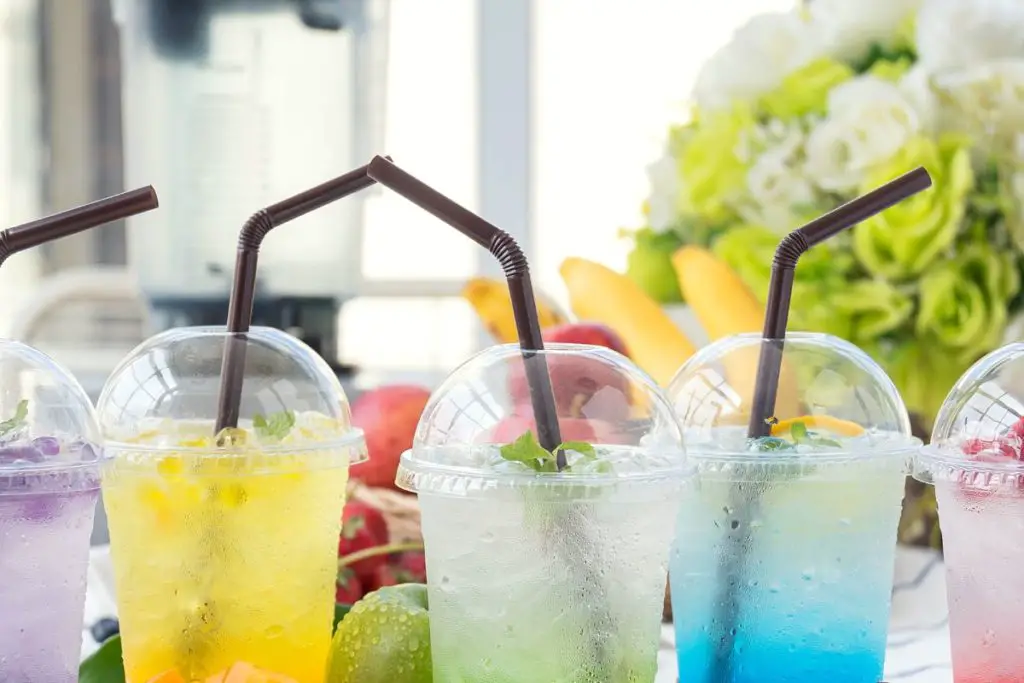
Some studies have found a small, plausible connection between artificial food dyes and hyperactivity in children [1].
In particular, one study found that children diagnosed with ADHD showed a 73% reduction in symptoms once they stopped consuming artificial dyes. However, other studies failed to find a correlation, while a peculiar study by Southampton University discovered that a genetic component might decide which children are more susceptible to the effects of food dyes [1].
There are some concerns about artificial food coloring being linked to cancer, but the components allowed in the American and European markets have been deemed safe. [1]
Evidence until now is flimsy and speculatory at best, so there is no need for alarm—the FDA and EFSA have claimed as such, so take that with a grain of salt.
What Is The Best Food Coloring To Use?
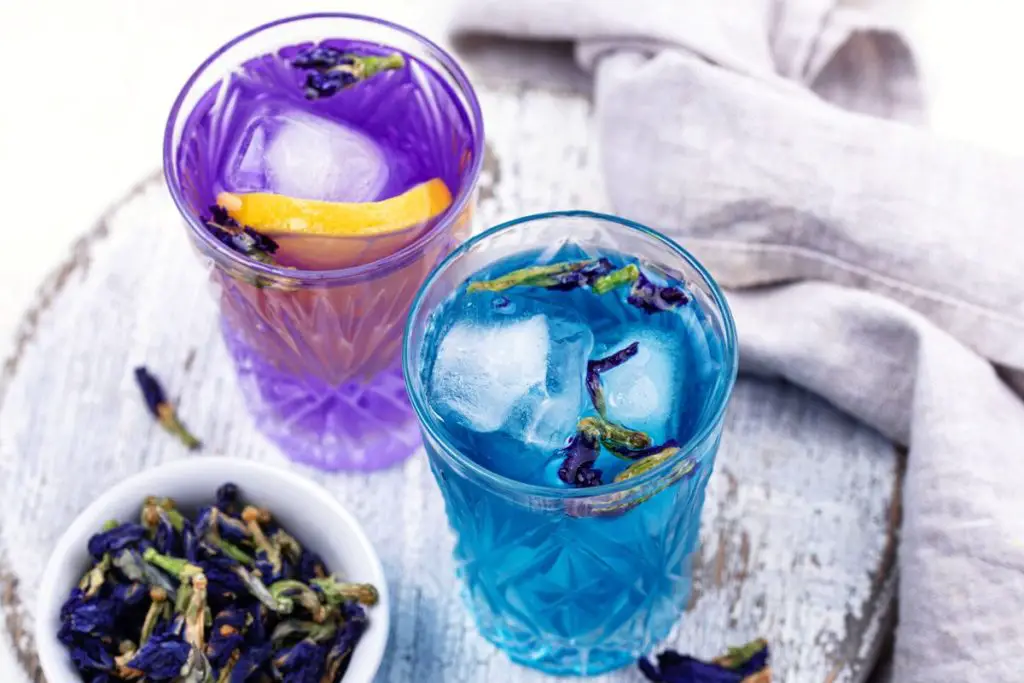
The safest food coloring to add to your drinking water is naturally sourced, plant-based, and comes in powdered form. For instance, you would want the food coloring made of vegetable juice, beta carotene, blue spirulina powder, purple sweet potato powder, pink pitaya powder, butterfly pea flower, or other freeze-dried fruits and vegetables.
According to dietitian Laura Jeffers, plenty of foods are already rich in pigment, and you can find plenty of naturally-derived food dyes in the market [2].
Although artificial food dye is fun and bright, my choice will always be natural if we’re talking about the best options to color drinking water.
Check out one of my favorites, a naturally sourced, plant-based food color set below. I mainly use it to color my cakes, icing, and frosting, but you can also use it to make pink milk or blue, purple, or any other shade of water.
TAP ON IMAGE TO VIEW PRICE
You can also always make your own by extracting the juice of the food you wish to use and then reducing it to its maximum concentration by boiling it. Foods such as berries, leafy greens, algae, beets, turmeric or saffron, or matcha tea are excellent and heavily pigmented.
Read Also: How To Color Cake Mix Using Natural Food Coloring?
How Much Food Coloring Should You Add To Water?
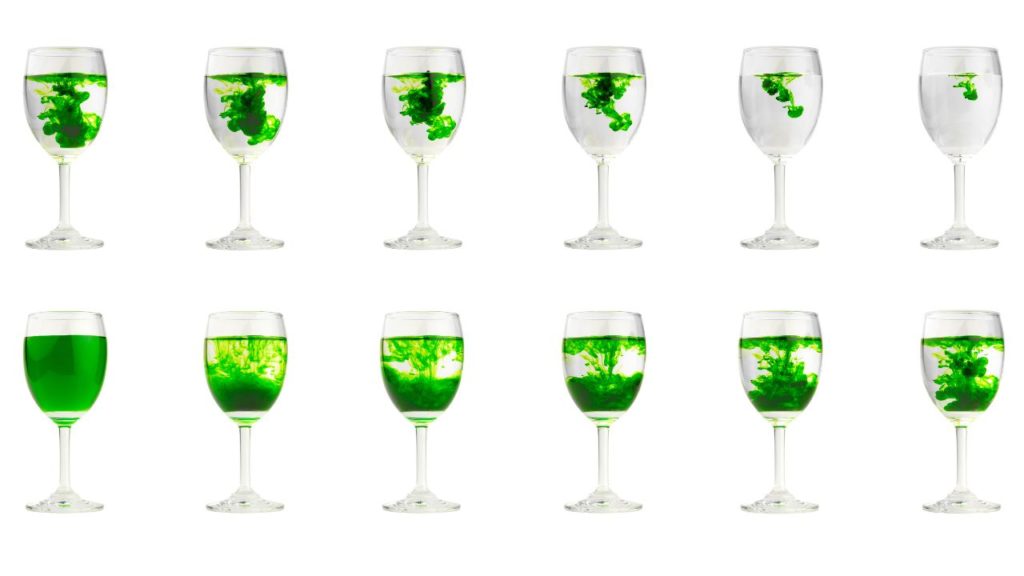
As with anything, it depends on the strength of the pigment and how much water you need to color.
But whether you are using synthetic or natural food coloring, make sure to add just a tiny amount. Food dyes are highly concentrated, so you literally want to start adding one drop or small pinch at a time. Mix the water well and add more until you reach the desired color. If you are using synthetic ones, then the less you use is better.
Natural food dye is much more subdued, so you might need a lot more to reach a rich and bright hue.
Will Food Coloring Change The Taste Of Water?
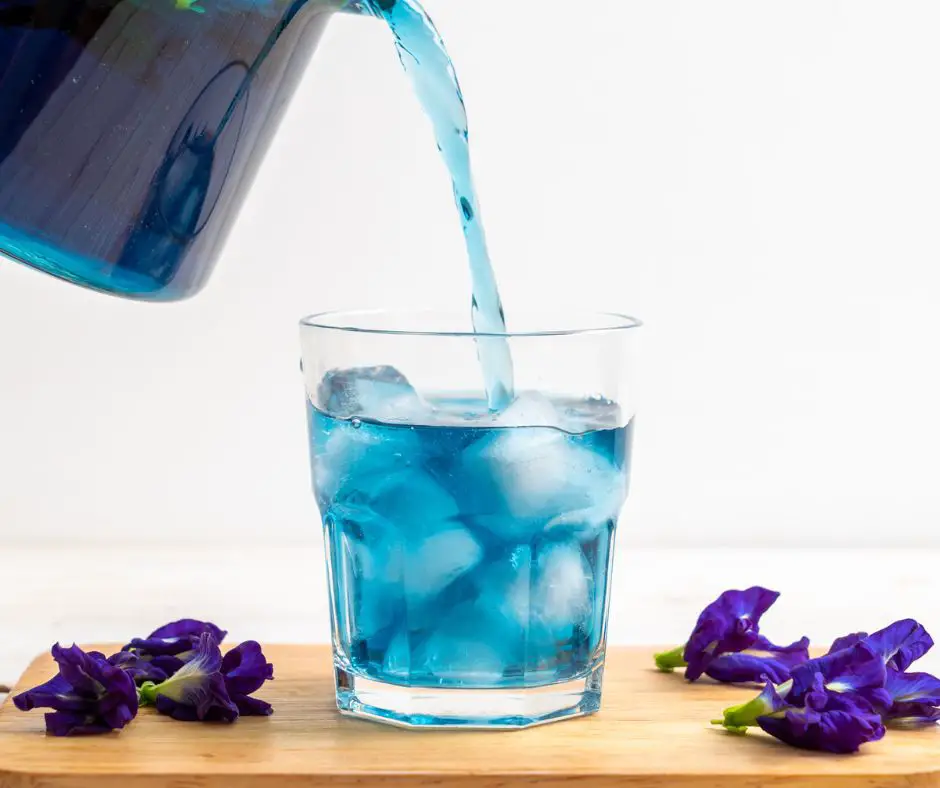
Once again, it depends on the type of food coloring you use and the quantities. If your food dye is naturally-derived, odds are the flavor will be more noticeable since it will take subtle notes of whatever food was the source for the color.
However, artificial food coloring can also have a noticeable chemical taste, particularly if you add it in large quantities in a small amount of water.
Subsequently, it’s essential to consider the quality of the food coloring you want to use, as well as the amounts. Try to do so only occasionally, and the results will be fun and harmless.
In Conclusion
Although artificial food dyes are generally safe, it is best to avoid them whenever possible. They are certainly not going to improve the taste of the water but can be effective for aesthetic purposes. The safest food coloring to add to your drinking water is naturally sourced and plant-based. Or even better, next time you are looking for a way to brighten up your water, try adding some fruit juice or citrus juice instead!
Read Also: Lemon Juice From Concentrate vs. Fresh Squeezed One — What Is The BIGGEST Difference?
Sources:
- [1] Bell, Becky (2017). Food Dyes: Harmless Or Harmful? Retrieved from https://www.healthline.com/nutrition/food-dyes.
- [2] Cleveland Clinic (2020). 9 Safe, Natural Ways to Color Your Food. Retrieved from https://health.clevelandclinic.org/green-mac-n-cheese-anyone-9-easy-natural-ways-to-color-your-food/.
- [3] PubMed. Toxicology of food dyes. Retrieved from https://pubmed.ncbi.nlm.nih.gov/23026007/
